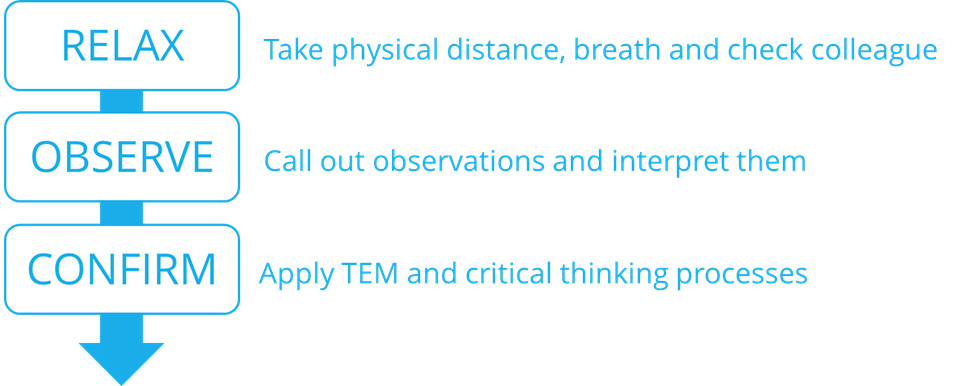Protect your pilots against startle and surprise
Access NLR’s industry-leading startle & surprise training course, and implementation support
Contrary to common belief, startle and surprise is NOT physically or mentally preventable. They are mostly unconscious, autonomous human processes. All pilots will experience startle and surprise at some point in their flying career and, unfortunately, too often it has contributed to incidents or worse: fatal accidents.
The key to managing startle and surprise is fast and effective recovery. Together, NLR and KLM have developed an EASA-supported approach to startle and surprise management. This method, when properly trained, ensures that pilots who experience startle or surprise recover significantly faster and with more situational awareness than untrained pilots. Trained pilots have expressed that they enjoy this training, as it reinforces their professionalism.
Choose the Startle & Suprise training programme that fits your organisation’s needs
Workshop
to kickstart your S&S training
A flexible event to facilitate internal decision making about S&S training.
- Learn about the latest regulations and best practices
- Engage management, instructors and pilots
- Half-day programme (flexible) for up to 15 participants
Get the tools
and build your own S&S training
All the materials and guidance you need to build and run your own S&S programme.
- 1-day workshop about S&S training and best-practices
- Core-instructor team training
- Standard S&S briefing materials
Get everything
and we help you all the way
A flexible event to facilitate internal decision making about S&S training.
- Workshop and training for instructors in S&S training and best practices
- Customised S&S briefing materials
- Dedicated project manager
- Integration of S&S with your existing syllabus
- Initial training scenarios
- Regulatory approval support
- Two check-ups in the next 6 – 24 months

“After receiving NLR’s Startle and Surprise training, we incorporated startle and surprise management into our standard operating procedures. Since then, we see increased flight crew awareness about managing startle and surprise in our operations.”

“The Startle & Surprise training, tailor made for Shell Aircraft by the NLR, provided our pilots with an in-depth understanding, awareness and mitigating skills, for recognition, prevention and upset recovery. The Shell Aircraft training team has continued, to incorporate the Startle & Surprise training for our crews in our training programmes and in the Desdemona Upset & Recovery simulator in Soesterberg. Thanks to the comprehensive NLR Startle & Surprise training, we feel confident that we have introduced our crews to a much higher level of Upset Recovery Awareness using this powerful tool”
Founded in collaborative research for EASA
 In 2016, The European Aviation Safety Agency (EASA) contracted an NLR-KLM consortium to research startle and surprise in flight operations, develop a mitigation strategy and validate its effectiveness. Based on fundamental principles of psycho-physiological behaviors and cognitive behavior, the basic concept of this training relies on a three step process:
In 2016, The European Aviation Safety Agency (EASA) contracted an NLR-KLM consortium to research startle and surprise in flight operations, develop a mitigation strategy and validate its effectiveness. Based on fundamental principles of psycho-physiological behaviors and cognitive behavior, the basic concept of this training relies on a three step process:

This research has underpinned EASA’s requirement since 2018 for operators to integrate startle and surprise training into their training syllabi and programmes (AMC1 ORO.FC.115). The developed training was validated at KLM, and subsequently adopted and fully integrated into their training programme across all fleets. The completed research report is publicly available at EASA’s website.
Integrate NLR Startle & Surprise training into your existing programme
Get answers to implementation questions such as:



